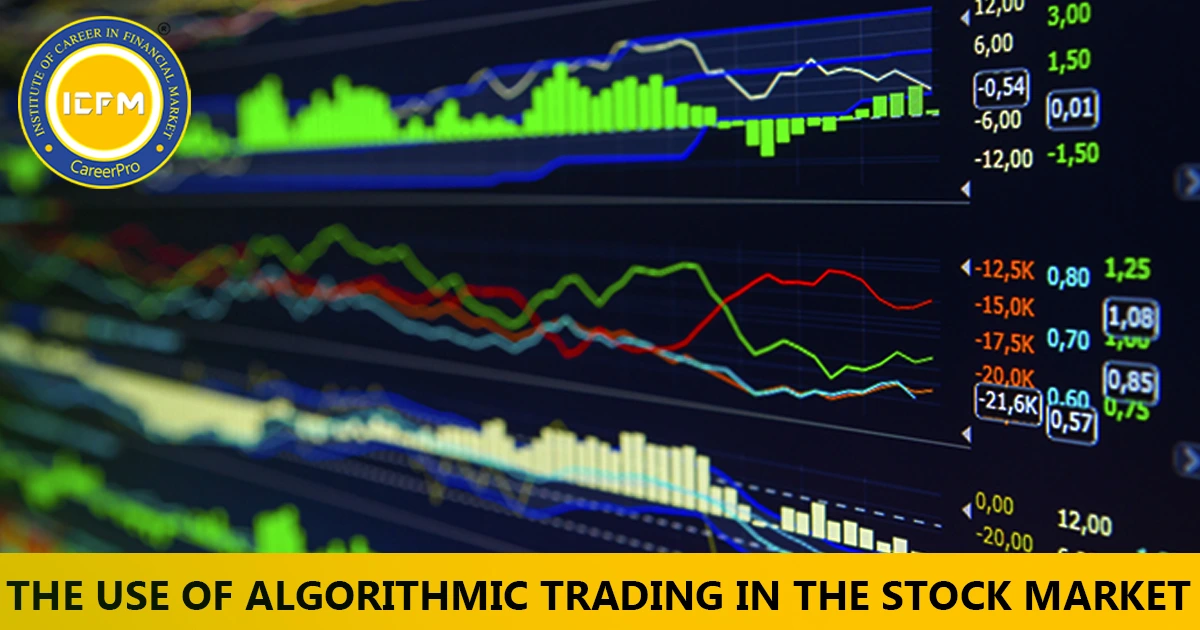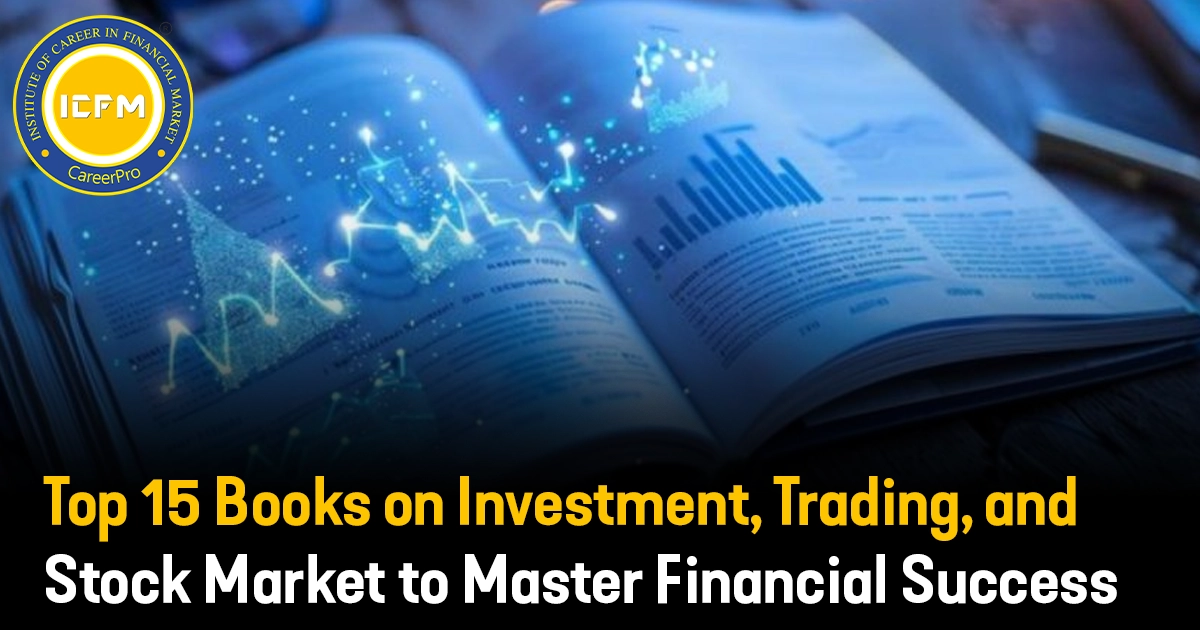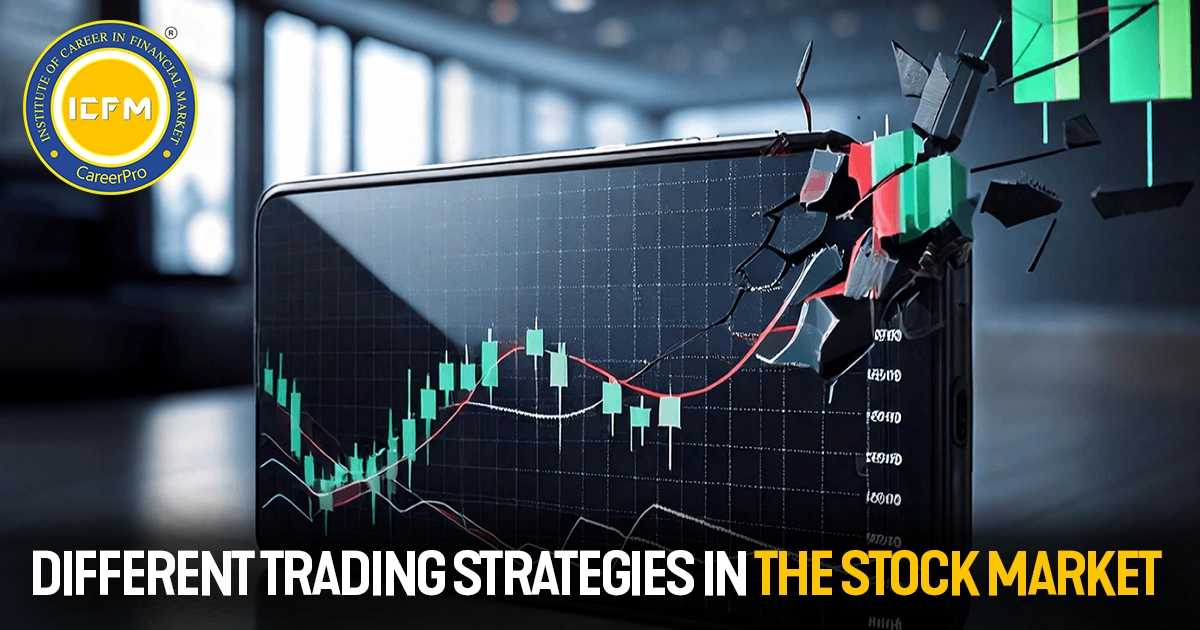The stock market has changed dramatically over the years, and technological advancements have played a crucial role in its evolution. One such advancement is algorithmic trading, often referred to as algo trading, which has revolutionized the way financial markets operate. In this blog, we will explore algorithmic trading, its benefits, challenges, and impact on the stock market.
What is Algorithmic Trading?
Algorithmic trading is the use of computer programs and algorithms to execute trading strategies at high speeds and volumes. These algorithms follow predefined instructions based on market variables such as price, volume, and timing. By automating the trading process, algo trading eliminates human emotions, reduces errors, and enhances efficiency.
Benefits of Algorithmic Trading
1.Speed and Efficiency: Algo trading allows execution of orders in milliseconds. It would be impossible for a human.Algorithm trading allows orders to be executed, which is
2.Transaction Costs Reduced: Automation will decrease human errors and inefficiencies, as no manual interference is required.
3.Minimizing the Human Aspect of Emotion: Human emotions are usually driven into conventional trading, such as fear and greed. A logical approach is followed by algorithms to lead to more disciplined trading.
4.Market Liquidity: Algo trading enhances liquidity by facilitating more trades, reducing bid-ask spreads, and making markets more efficient.
5.Backtesting and Optimization: Traders can test their strategies using historical data before deploying them in real-time trading.
Types of Algorithmic Trading Strategies
1. Trend-Following Strategies: These algorithms identify trends based on moving averages, price levels, and momentum indicators.
2. Arbitrage Strategies: Algo trading allows traders to exploit price differences between securities on different exchanges.
3 . Market-Making Strategies: These algorithms continuously place buy and sell orders to capitalize on bid-ask spreads.
4 . Mean Reversion Strategies: These strategies assume that asset prices will revert to their historical averages.
5 . High-Frequency Trading (HFT): This is a subtype of algo trading in which thousands of orders are executed per second to capitalize on minute price movements.
Challenges of Algorithmic Trading
1. Technical Complexity: Creating and supporting trading algorithms necessitates complex programming and financial acumen.
2. Market Risks: Flash crashes and other unexpected events can result in significant losses in a short time.
3. Regulatory Risks: The government has put stringent regulations in place to avoid manipulation of the market and ensure transparency.
4. High Initial Investment: Algo trading requires high-power computing infrastructure, which is expensive.
5. Over-Optimization: Too much backtesting can lead to strategies that perform well in the past but fail in real-time trading.
The Future of Algorithmic Trading
With advancements in AI and ML, algorithmic trading will be more advanced. AI-based models can process large amounts of data and change according to market conditions in real-time. In addition, blockchain technology and DeFi may provide new avenues for algorithmic trading in digital asset markets.
Conclusion
Algorithmic trading is now a significant trend in the stock market, which means speed, efficiency, and prudent decision-making. However, it has lots of inherent complexities and risks. Algorithms will surely play a more important role in defining the future of financial markets ahead of us because this technology is undergoing continued upgrades. Investors and traders must keep pace with these updates so that they can exploit algorithmic trading properly.








